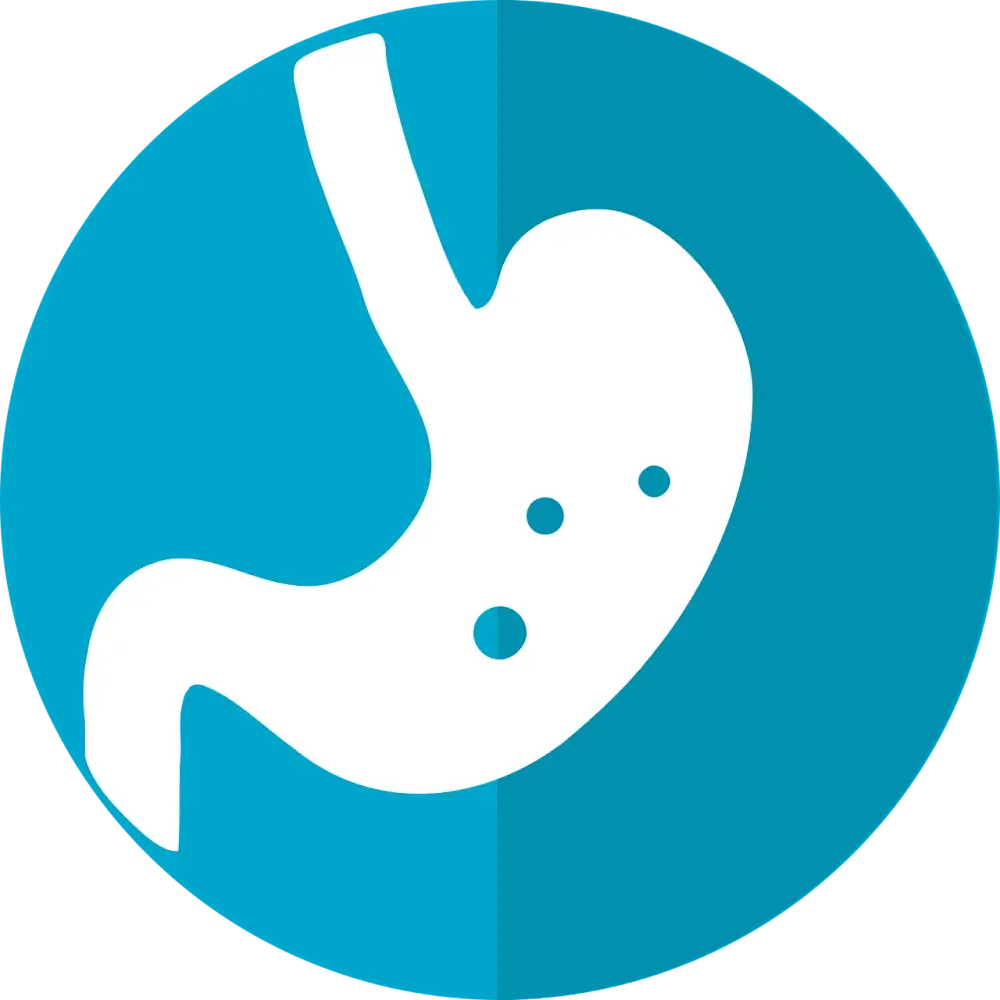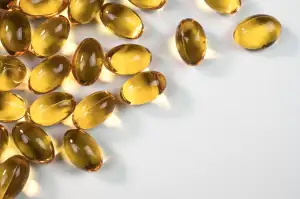Kybella vs CoolSculpting: Battle of the Bulge in Your Stomach

- Understanding the Mechanism of Action for Kybella
- Exploring the Science Behind CoolSculpting
- Safety and Side Effects of Kybella
- Safety and Side Effects of CoolSculpting
- Effectiveness of Kybella in Reducing Stomach Fat
- Effectiveness of CoolSculpting in Reducing Stomach Fat
- Comparing the Cost of Kybella and CoolSculpting
- Factors to Consider When Choosing Between Kybella and CoolSculpting
Kybella and CoolSculpting are two popular non-surgical treatments that offer effective solutions for reducing stubborn stomach fat. These procedures have gained significant attention in the field of cosmetic dermatology due to their ability to target specific areas of fat accumulation without the need for invasive surgery. While both treatments aim to achieve similar outcomes, they employ different mechanisms of action. Understanding the science behind Kybella and CoolSculpting can help individuals make informed decisions about which treatment is best suited for their needs.
Understanding the Mechanism of Action for Kybella
Kybella is a non-surgical injectable treatment specifically designed to target and reduce submental fat, commonly known as a double chin. The active ingredient in Kybella is deoxycholic acid, a naturally occurring molecule in the body that aids in the breakdown and absorption of dietary fat. When injected into the fat cells beneath the chin, Kybella works by destroying those cells, causing them to be permanently eliminated from the body. Over time, this leads to a noticeable reduction in submental fullness and an improved contour of the jawline. The mechanism of action for Kybella is based on scientific research and clinical trials, making it an effective option for individuals seeking non-invasive fat reduction in the stomach area.
Exploring the Science Behind CoolSculpting
CoolSculpting, also known as cryolipolysis, is a non-invasive fat reduction procedure that works by freezing and destroying fat cells. The science behind CoolSculpting lies in the principle of controlled cooling. When exposed to extreme cold temperatures, fat cells crystallize and undergo apoptosis, a natural cell death process. Over time, the body eliminates these dead fat cells through its natural metabolic processes. Unlike other methods that use heat or ultrasound energy to target fat cells, CoolSculpting specifically targets and freezes only the fat cells while leaving surrounding tissues unharmed. This innovative technology has been extensively studied and proven effective in reducing stubborn pockets of fat in various areas of the body, including the stomach.
Safety and Side Effects of Kybella
Kybella is considered a safe and FDA-approved treatment for reducing stomach fat. However, like any medical procedure, it does come with potential side effects. The most common side effects reported include swelling, bruising, pain, numbness, redness, and hardness at the injection site. These side effects are usually temporary and subside within a few days or weeks. In rare cases, more serious side effects such as difficulty swallowing or nerve injury may occur. It is important to consult with a qualified healthcare professional to discuss any potential risks before undergoing Kybella treatment.
Safety and Side Effects of CoolSculpting
CoolSculpting is considered a safe non-invasive procedure for stomach fat reduction. It has been approved by the FDA and has undergone extensive clinical testing. The treatment selectively targets fat cells, leaving surrounding tissues unharmed. Common side effects include temporary redness, swelling, bruising, and numbness in the treated area. These effects are usually mild and resolve on their own within a few days or weeks. Severe complications are rare but can include paradoxical adipose hyperplasia (an increase in fat volume) or late-onset pain. However, these occurrences are extremely rare and have been reported in less than 0.005% of patients. It is important to consult with a qualified professional to determine if CoolSculpting is suitable for you and to discuss any potential risks or concerns.
Effectiveness of Kybella in Reducing Stomach Fat
Kybella has been proven to be effective in reducing stomach fat. Clinical trials have shown that Kybella injections can significantly reduce subcutaneous fat in the abdominal area. In a study involving 20 participants, it was found that after a series of Kybella treatments, there was an average reduction of 1.7 cm in waist circumference. Another study with 50 participants showed similar results, with an average reduction of 2.6 cm in waist circumference after Kybella treatment. These findings demonstrate the effectiveness of Kybella in targeting and reducing stomach fat, making it a viable option for those looking to achieve a slimmer waistline.
Effectiveness of CoolSculpting in Reducing Stomach Fat
CoolSculpting has been proven to be effective in reducing stomach fat. Clinical studies have shown that this non-invasive procedure can lead to a noticeable reduction in fat layer thickness. In one study, participants experienced an average reduction of 22% in the treated area after just one session. Results continue to improve over time, with maximum effects seen within two to four months. CoolSculpting targets and freezes fat cells, causing them to crystallize and eventually die off. The body then naturally eliminates these dead cells, resulting in a slimmer waistline. It is important to note that individual results may vary, and multiple sessions may be required for optimal outcomes. Overall, CoolSculpting offers a safe and effective option for those looking to reduce stomach fat without surgery or downtime.
Comparing the Cost of Kybella and CoolSculpting
Comparing the cost of Kybella and CoolSculpting is an important factor to consider when deciding on a stomach fat reduction treatment. The cost of Kybella typically ranges from $1,200 to $2,000 per treatment session. Multiple sessions may be required for optimal results, which can increase the overall cost.
On the other hand, CoolSculpting is priced based on the number of applicators used during the treatment. The average cost per applicator ranges from $600 to $1,200. Depending on the size and number of areas being treated, multiple applicators may be needed.
It's worth noting that the total cost of CoolSculpting can vary significantly depending on individual needs and goals. Some individuals may require multiple treatments to achieve their desired results.
When comparing costs, it's essential to consider not only the upfront price but also any additional expenses such as consultation fees or post-treatment care. It's recommended to consult with a qualified professional who can provide accurate pricing information based on your specific situation.
Ultimately, the cost of both Kybella and CoolSculpting should be weighed against their effectiveness and potential long-term results. Making an informed decision requires considering not only financial aspects but also personal preferences and expectations for stomach fat reduction.
Factors to Consider When Choosing Between Kybella and CoolSculpting
When deciding between Kybella and CoolSculpting for stomach fat reduction, there are several factors to consider. Firstly, the desired outcome plays a crucial role. Kybella is specifically designed to target and eliminate small pockets of fat, making it ideal for individuals with localized fat deposits. On the other hand, CoolSculpting can treat larger areas of fat and is more suitable for overall body contouring.
Secondly, the number of treatment sessions required should be taken into account. Kybella typically requires multiple injections spaced several weeks apart, while CoolSculpting usually requires one or two sessions per area treated.
Another factor to consider is the level of invasiveness. Kybella involves injections into the fat layer under the skin, which may cause swelling and bruising temporarily. CoolSculpting is non-invasive and uses controlled cooling to freeze and destroy fat cells without damaging surrounding tissues.
The recovery period is also an important consideration. With Kybella, there may be some downtime due to swelling and discomfort after each session. CoolSculpting has minimal downtime, allowing patients to resume their normal activities immediately after treatment.
Lastly, cost is a significant factor when choosing between these treatments. The total cost will depend on various factors such as the number of treatment sessions required and the size of the targeted area.
Ultimately, it is essential to consult with a qualified healthcare professional who can assess your individual needs and goals. They will provide personalized recommendations based on your specific situation, ensuring you make an informed decision for stomach fat reduction.
In conclusion, both Kybella and CoolSculpting offer effective options for reducing stomach fat. Kybella works by destroying fat cells through injections, while CoolSculpting freezes and eliminates fat cells. Both treatments have been proven to be safe with minimal side effects.
When making a decision, it is important to consider factors such as cost, desired results, and personal preferences. Kybella may require multiple sessions and can be more expensive in the long run, while CoolSculpting offers a one-time treatment with gradual results.
Consulting with a qualified professional is crucial to determine which option is best suited for individual needs. Ultimately, the choice between Kybella and CoolSculpting should be based on an informed discussion with a healthcare provider to achieve optimal stomach fat reduction results.
Published: 07. 03. 2024
Category: Health



